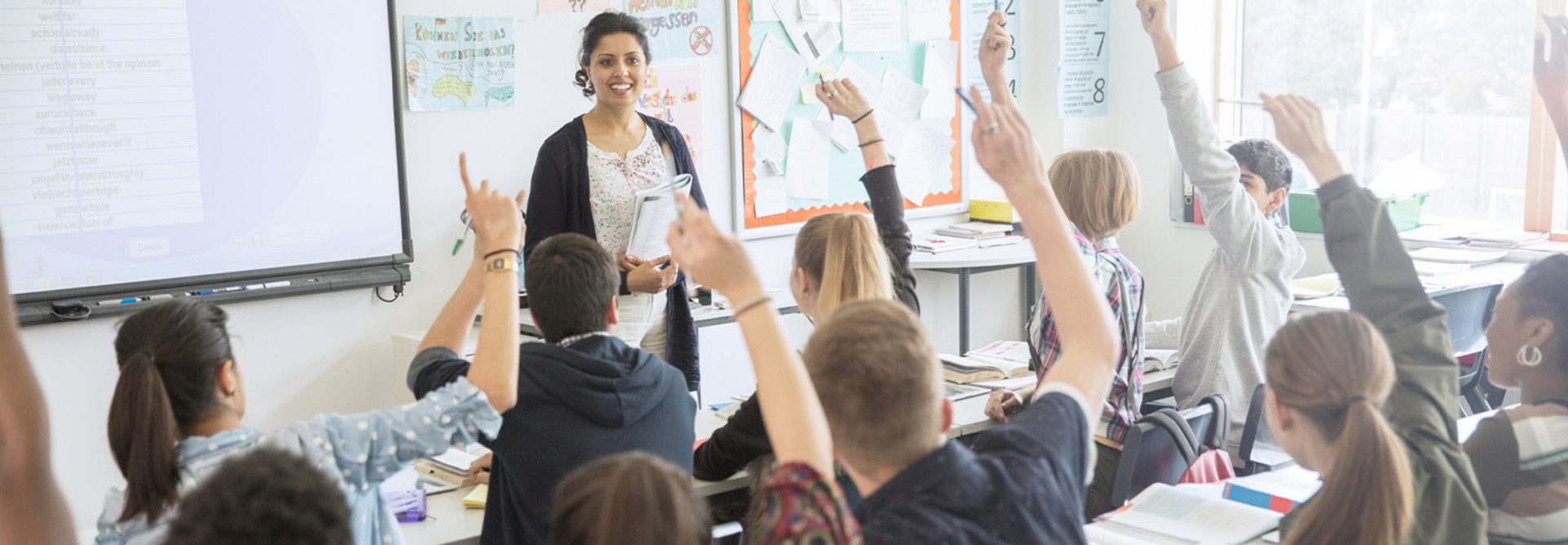Passive Technology Use Can Have a Negative Impact on Learning
OET Digital Equity Impact Fellow Zach Chase, who is leading the development of the 2024 NETP, kicked off the session by explaining why the digital use divide matters. He said that while access to technology is an important part of today’s modern classroom, digital tools alone are not the solution.
READ MORE: Read how some school districts are working to narrow the homework gap.
“What we’re finding is that students from historically marginalized backgrounds tend to be asked to use technology in more passive ways than their historically better-resourced peers. For example, they are asked to complete a digital version of a worksheet,” he said.
“There is not a lot of deep and complex thought going into it. While their better-resourced peers are often being asked to create, to produce, to develop, to think critically.”
He added that research shows the passive use of technology has a neutral effect and sometimes a negative effect on learning, which ultimately doesn’t solve the digital divide.
Sound Professional Development Is Key to Fixing the Digital Divide
Chase said that improving the digital design divide, a component of the digital access and digital use divides, could be the solution.
“There is a divide between teachers who have what they need and the space they need to use those digital tools and to design lessons using these tools and those who do not.”
He pointed to a recent report showing that teachers have access to around 1,400 tools, but that training may end up lacking. In other words, access to more tools was not necessarily better. Mastery of a few digital tools was key.
LEARN MORE: What is leadership’s role in professional development?
Sound training is particularly important for teachers who design lessons for neuro variable learners. He pointed to the federal recommendations around Universal Design for Learning — which is a framework that educators can use to personalize curriculum for all learners — as another important part of effective PD.
“Professional learning has to happen. You can’t just buy a digital tool and hope for that magic to happen,” said Julia Fallon, executive director of the State Educational Technology Directors Association, one of the organizations contracted to update the NETP. “Even with developing the National Ed Tech Plan, it’s hard to come up with a formula like, ‘If you buy this, here’s how many dollars to set aside for professional learning.’
However, the magic is in the instructor’s human capacity to learn, and in how we design our learning experiences for our kids that will give them the skills that they will need to be successful.”












